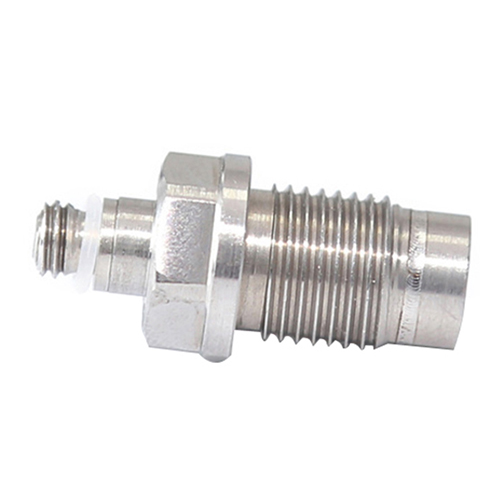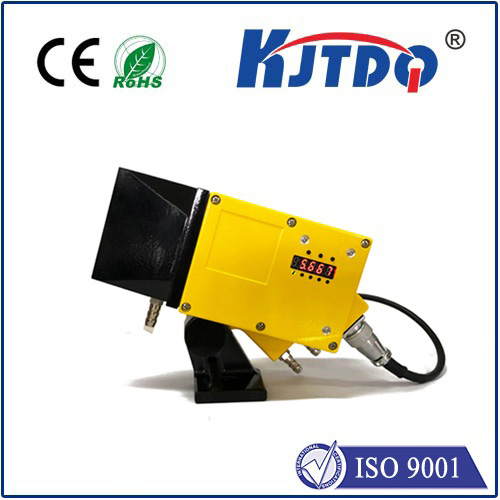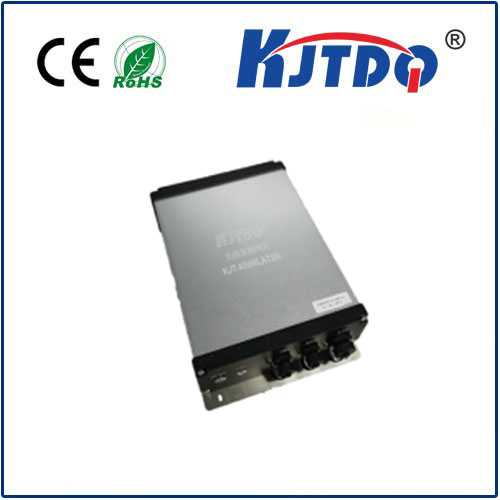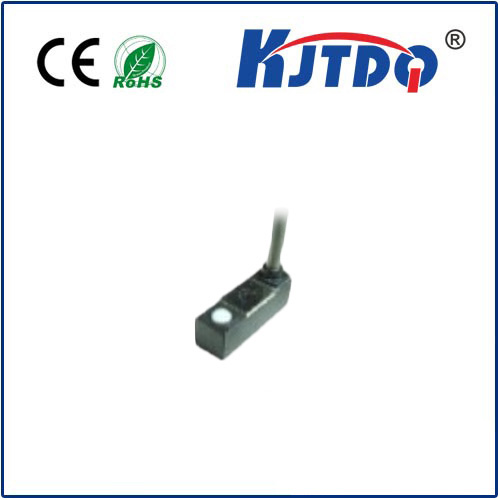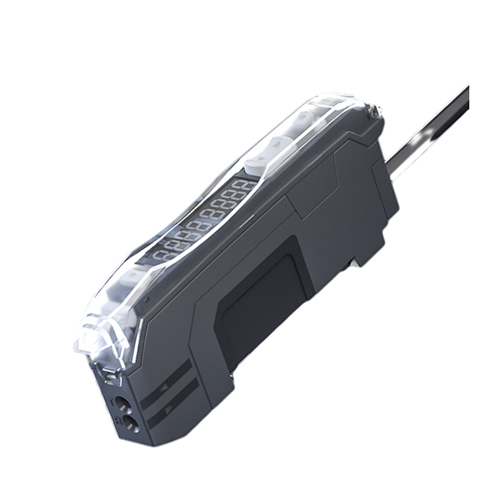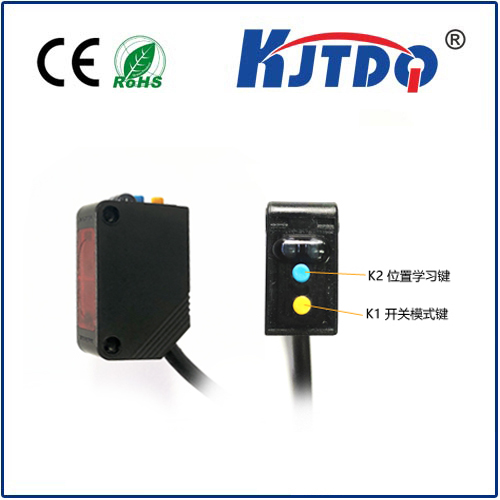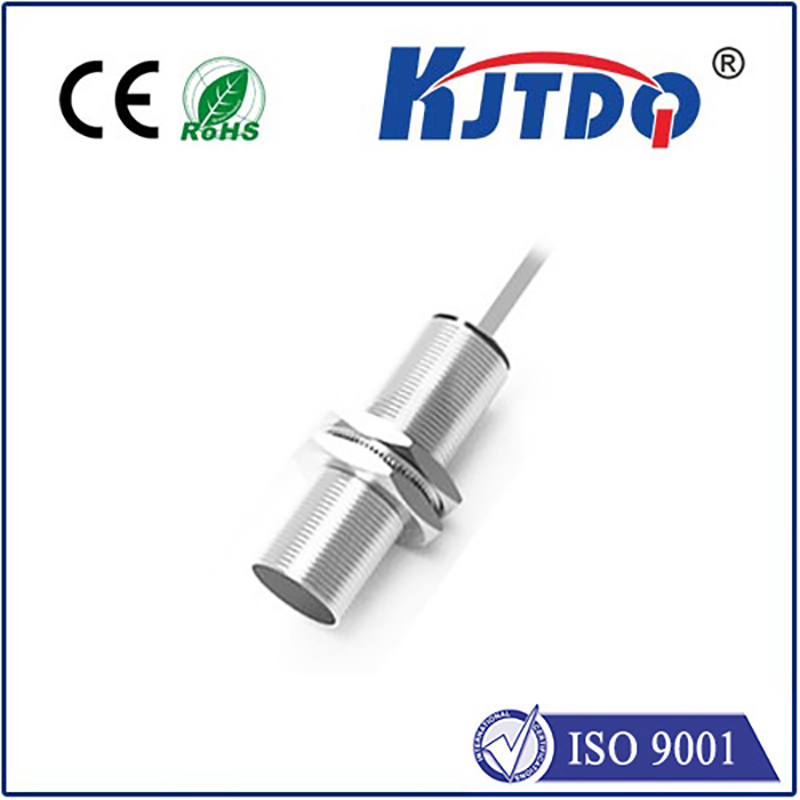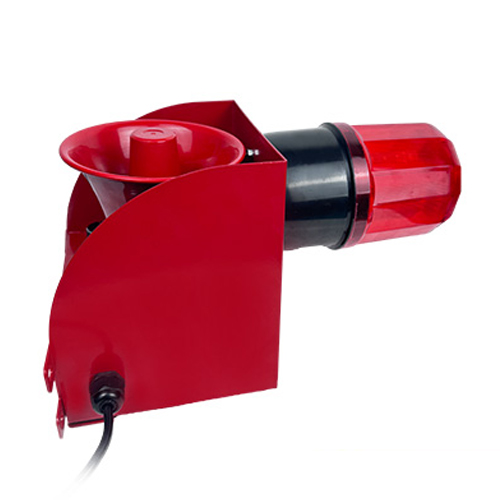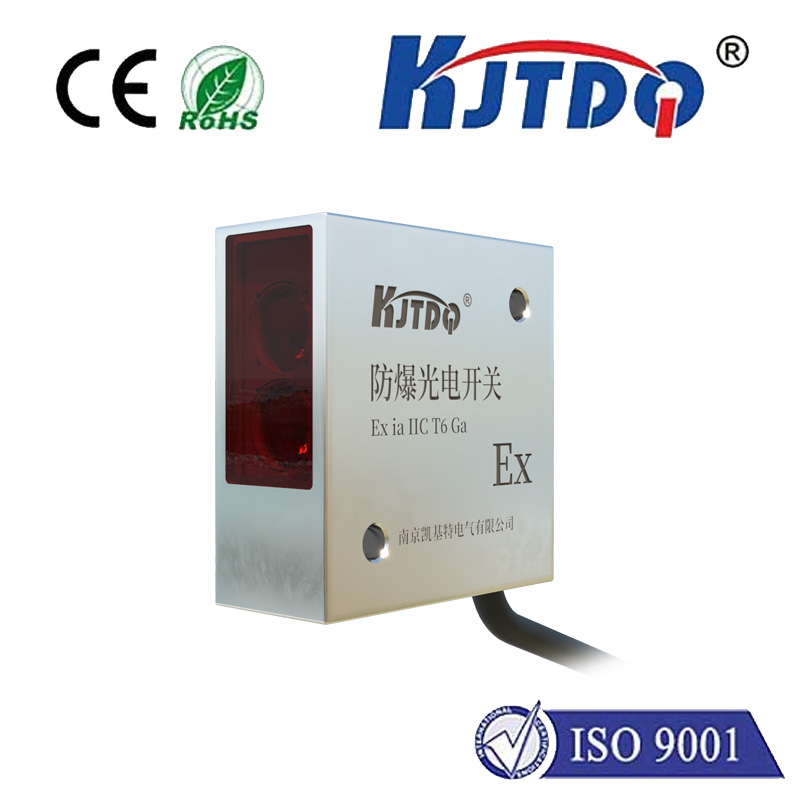以下是为您生成的关于反射式接近传感器的英文SEO文章,
- time:2025-07-25 04:40:42
- Нажмите:0
The Magic of Reflection: How Reflective Proximity Sensors Power Modern Automation
Picture a bustling manufacturing line where robotic arms move with uncanny precision, assembling delicate components. Or imagine the smartphone in your pocket, its screen dimming automatically as it nears your ear during a call. Behind these seemingly effortless interactions often lies a small, unassuming hero: the Reflective Proximity Sensor. This ingenious device silently shapes our interactions with technology and industrial processes, enabling non-contact detection through a simple yet effective principle of light reflection. Understanding how these sensors work and where they excel reveals their fundamental role in countless applications demanding reliable, cost-effective proximity sensing.
How Reflective Proximity Sensors Work: Light as the Messenger
At its core, a reflective proximity sensor operates on the principle of optical triangulation or light intensity measurement. It combines an infrared (IR) light emitter and a photodiode or phototransistor receiver within a single compact housing. The emitter constantly projects an invisible beam of infrared light outward. When an object enters the sensor’s designated detection zone, this light beam strikes the object’s surface. Crucially, a portion of this emitted light reflects back towards the sensor. The built-in receiver detects this returned light signal. The sensor’s internal circuitry then analyzes the intensity of this reflected light. If the intensity surpasses a pre-set threshold, the sensor triggers its output signal (typically switching digital output like PNP/NPN or analog output), indicating the presence of an object within its effective range. This entire process happens rapidly and continuously.
Key Types: Tailoring the Reflection

Reflective proximity sensors primarily fall into two categories, distinguished by their target properties:
- Diffuse Reflective Sensors: This is the most common type. They rely on the object itself to diffusely reflect the emitted light back to the receiver. The detection distance depends heavily on the object’s size, color, material, and surface texture. Light-colored, matte objects generally reflect better than dark, shiny, or transparent ones. These sensors are simple, cost-effective, and widely used for general-purpose object detection where some variation in sensing distance is acceptable (e.g., counting bottles on a line, detecting the presence of a box).
- Retroreflective Sensors: While still technically reflective, these utilize a separate corner-cube reflector placed opposite the sensor. The emitter sends light to the reflector, which efficiently bounces the beam directly back to the receiver. The sensor detects the object when it interrupts this light beam between the sensor and the reflector. This design offers longer, more stable detection ranges compared to diffuse types and is far less influenced by the object’s surface properties. It’s ideal for detecting objects that might be difficult for diffuse sensors, like dark or uneven surfaces (e.g., detecting vehicles, large machinery parts).
Where Reflection Makes a Difference: Diverse Applications
The versatility and robustness of reflective proximity sensors fuel their adoption across numerous sectors:
- Consumer Electronics: Enabling features like screen dimming when the phone is held to the ear (proximity sensing), tap-to-wake functionality, and power-saving modes in laptops/tablets.
- Промышленная автоматизация: Object presence detection on conveyor belts, positioning control in machinery, counting parts, controlling hopper levels, and automating assembly processes. Their solid-state design makes them immune to vibration and shock.
- Robotics: Providing essential feedback for obstacle avoidance, gripper positioning (object detection precisely where needed), and detecting objects within a robot’s workspace.
- Automotive: Employed in automatic trunk opening/closing systems, door handle detection, rain sensors (detecting raindrops on windshields), and cabin occupancy sensing.
- Security Systems: Triggering alarms when someone approaches a restricted area or detecting unauthorized entry through windows/doors.
- Printers & Copiers: Detecting paper jams, paper presence in trays, and controlling printhead positioning.
Why Choose Reflective Proximity Sensors? Core Benefits
Several inherent advantages propel their widespread use:
- Non-Contact Detection: Eliminates physical wear and tear on both the sensor and the target object, ensuring long operational life.
- Compact Size: Their integrated emitter/receiver design allows for very small form factors, fitting easily into tight spaces.
- Fast Response Times: Capable of detecting objects at high speeds, crucial for modern, rapid automation lines.
- Cost-Effectiveness: Generally more affordable than ultrasonic or laser-based sensors for comparable short-range applications.
- Reliability: No moving parts translates to high durability and resistance to shock, vibration, and environmental contaminants (though optical surfaces must stay clean).
- Simple Integration: Typically feature straightforward wiring (2-wire, 3-wire, 4-wire) and mounting options.
Choosing the Right Reflective Sensor: Key Considerations
Selecting the optimal reflective proximity sensor requires careful evaluation of your specific application’s demands:
- Required Detection Range: Diffuse sensors work best for short ranges (a few cm to maybe 100cm); retroreflective offers longer, consistent ranges.
- Target Object Characteristics: Material, color, texture, and size significantly affect diffuse sensor performance. Retroreflective sensors are less sensitive to these.
- Environmental Conditions: Ambient light (sunlight or strong artificial light), dust, fog, steam, or dirt can interfere with optical sensors. Look for models with modulated light (pulsing IR) to reject ambient light interference and consider environmental sealing (e.g., IP67 rating).
- Mounting Constraints: Available space dictates the sensor’s physical size and shape.
- Output Type Required: Digital (switch) output (NPN/PNP) for simple presence/absence, or analog output (0-10V, 4-20mA) for distance proportional measurement.
The Evolving Landscape: Smarter Sensing
Reflective proximity sensor technology continues to advance. Modern sensors increasingly incorporate features like background suppression, which uses triangulation to focus detection on a specific distance zone, minimizing false triggers from objects beyond that zone. Integration with communication protocols like IO-Link is growing, enabling smart sensors to provide detailed diagnostics, parameterization data, and process values beyond simple on/off signals, paving the way for Industry 4.0 predictive maintenance setups.
From the mundane to the mission-critical, reflective proximity sensors provide a fundamental layer of environmental awareness for machines and devices. Their elegant simplicity, based on the reliable principle of light reflection, combined with ruggedness, speed, and affordability, ensures their continued indispensability in shaping the automated and interactive world around us. Understanding their principles, types, benefits, and selection criteria empowers engineers and designers to leverage their capabilities effectively across a remarkable spectrum of challenges.

